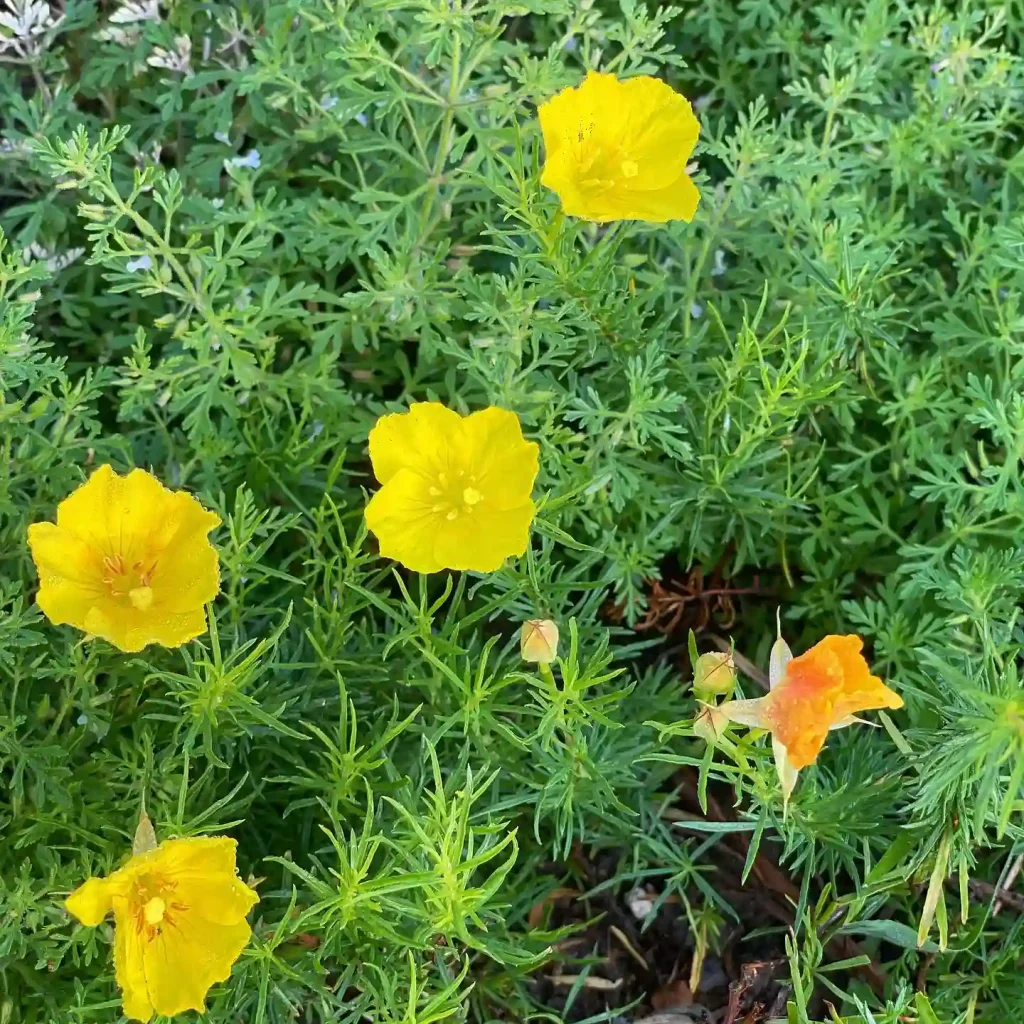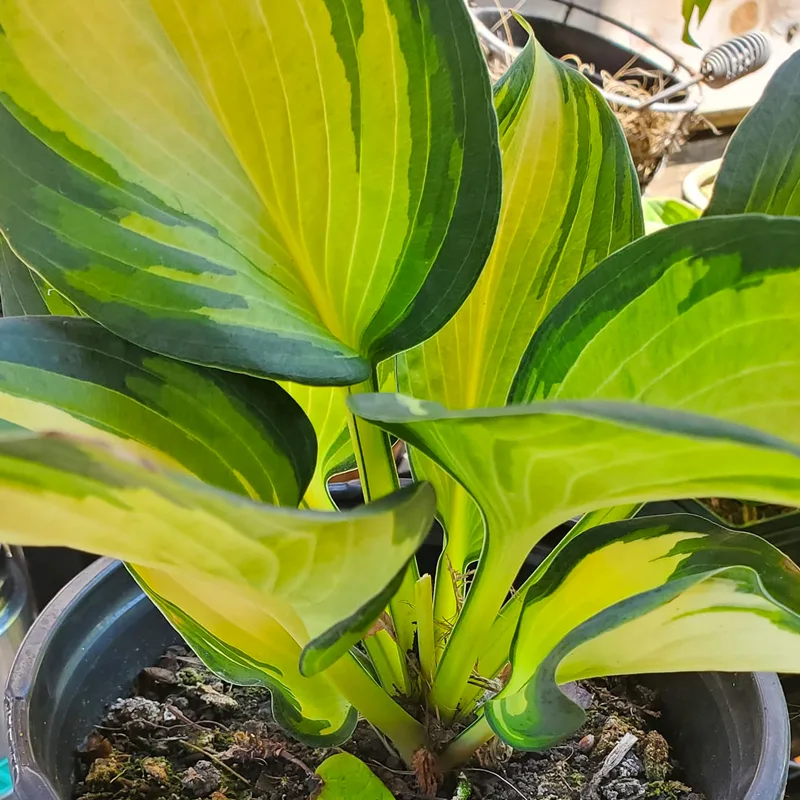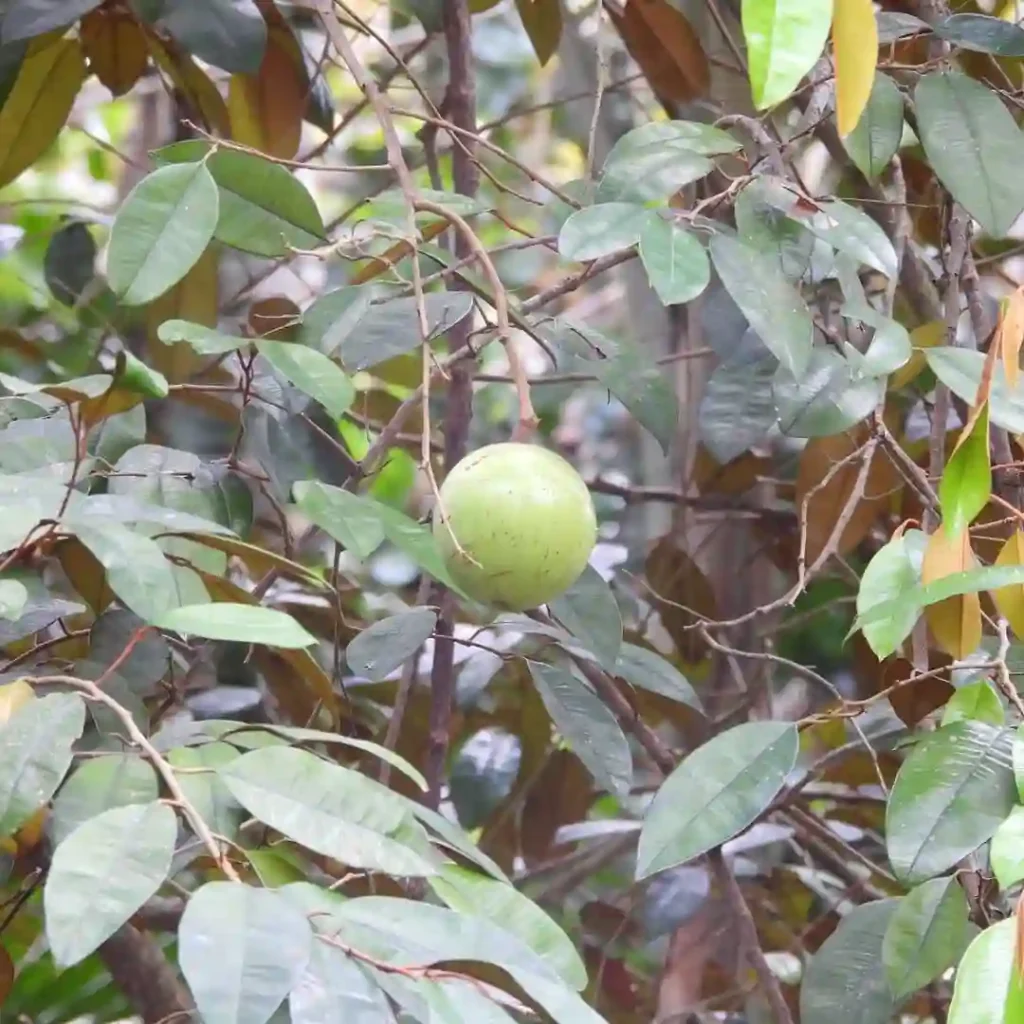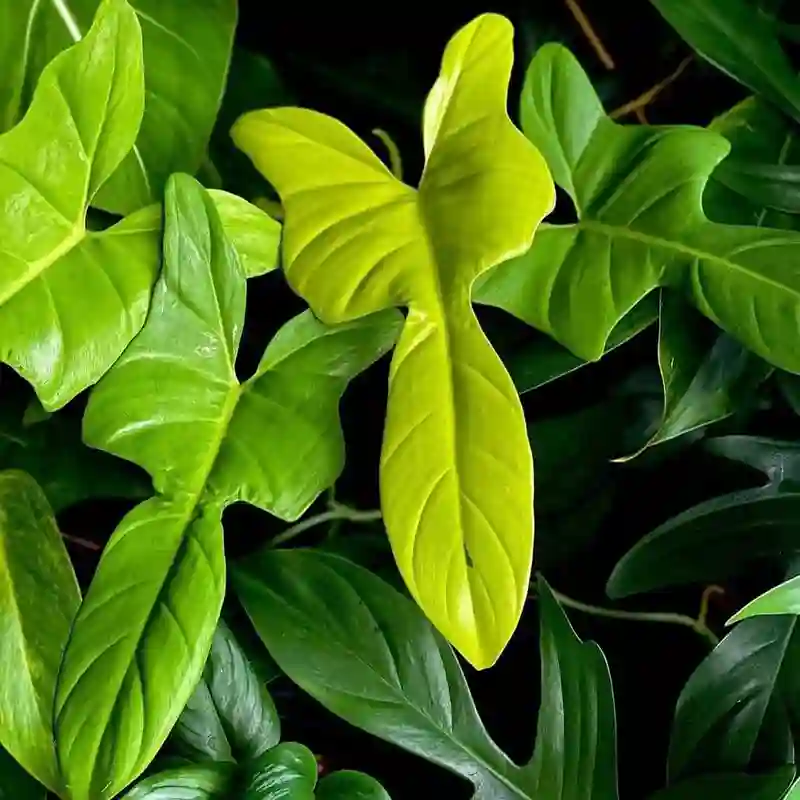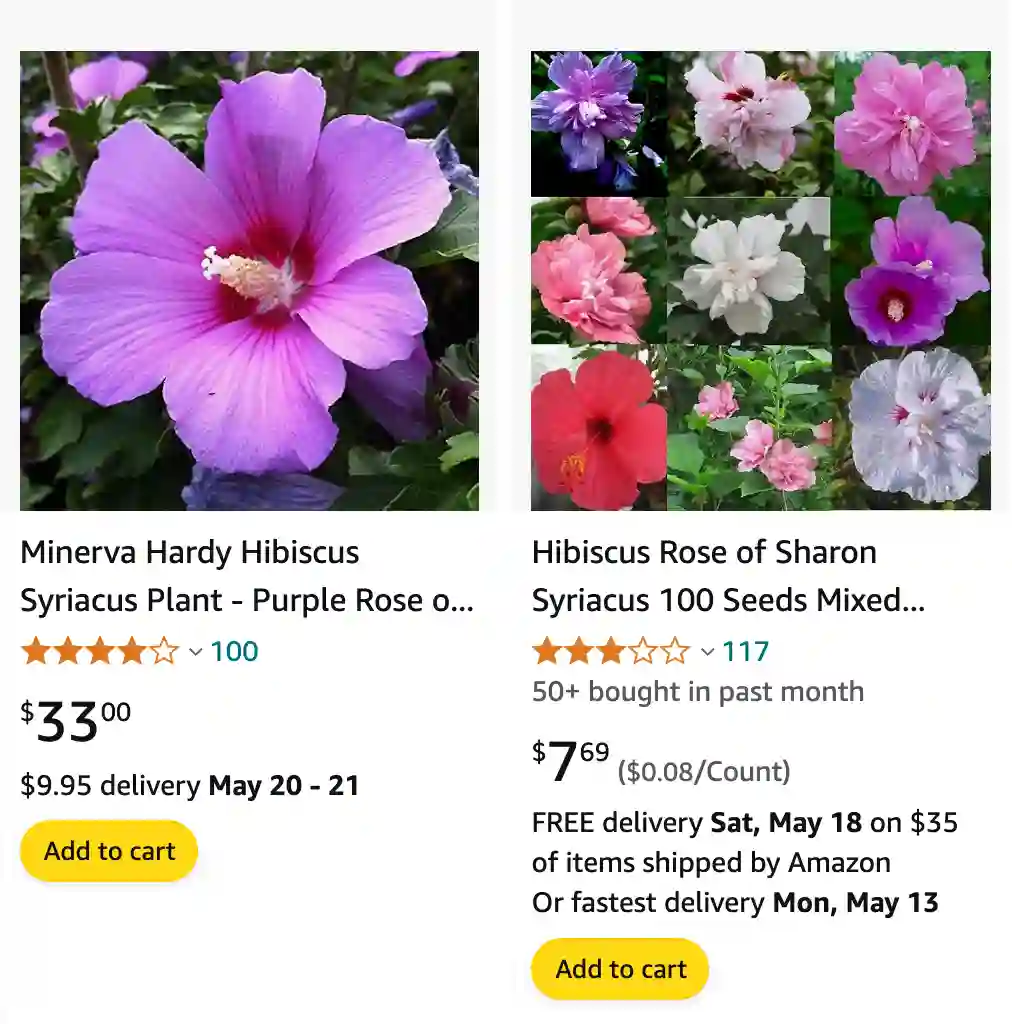
Hibiscus syriacus vs Hibiscus rosa sinensis
Hibiscus syriacus has a more delicate bloom that reminds me of summer mornings, while Hibiscus rosa sinensis’s vibrant, tropical flowers evoke memories of warm beach days.
Althea bush vs Rose of sharon
The Althea bush in my garden impresses with its versatility, offering a mix of single and double blooms that transition beautifully through the seasons, unlike the Rose of Sharon’s more traditional, single-layered flowers.
439 Species in Genus Hibiscus
Hollyhock vs Rose of sharon
Hollyhocks stand out with their tall spires of old-world charm, creating a nostalgic backdrop in my garden that contrasts with the compact, bushy form and abundant blooms of the Rose of Sharon.
Rose mallow vs Rose of sharon
Rose mallow adds a stunning pop of color with its dinner-plate-sized flowers, standing tall alongside the Rose of Sharon’s more understated elegance and resilience in varying climates.
How to prune hibiscus syriacus?
Pruning hibiscus syriacus is best done in late winter or early spring before new growth begins. I typically start by removing any dead or damaged branches, followed by shaping the plant to encourage a pleasing form and promote healthy growth. While hibiscus syriacus can tolerate heavy pruning, I prefer to take a more conservative approach, removing no more than one-third of the plant’s overall growth to avoid stressing it unnecessarily.
Is hibiscus syriacus a perennial?
Yes, hibiscus syriacus, also known as rose of Sharon, is a perennial shrub that’s beloved for its beautiful blooms and easy care. In my garden, it reliably comes back year after year, providing a welcome burst of color in late summer when many other plants are starting to fade. Its resilience and longevity make it a valuable addition to any landscape.
Is hibiscus syriacus edible?
While some parts of the hibiscus syriacus plant are edible, such as the flowers, buds, and leaves, it’s important to note that not all varieties are suitable for consumption. Some cultivars may contain compounds that can cause stomach upset or other adverse reactions if ingested in large quantities. I always recommend researching specific varieties and consulting reliable sources before consuming any part of the plant.
Is hibiscus syriacus evergreen?
Hibiscus syriacus is not typically considered evergreen, as it tends to lose its leaves in the winter months in most climates. However, it is deciduous and can retain its leaves longer in milder climates or sheltered locations. In my garden, the leaves of hibiscus syriacus usually turn yellow and drop in late fall, signaling the plant’s transition into dormancy.
Is hibiscus syriacus hardy?
Hibiscus syriacus is generally considered hardy and can tolerate a wide range of growing conditions, including heat, drought, and poor soil. However, it’s important to note that it may not be fully cold hardy in all climates. In colder regions, the plant may benefit from some winter protection, such as mulching around the base of the plant or covering it with a layer of burlap during periods of extreme cold.
Is hibiscus syriacus poisonous to dogs?
While hibiscus syriacus is not specifically listed as toxic to dogs, it’s always a good idea to monitor pets around plants and avoid allowing them to ingest unknown foliage or flowers. Some dogs may have sensitivities or allergies to certain plants, so it’s best to err on the side of caution and keep potentially harmful plants out of reach.
When to prune hibiscus syriacus?
Pruning hibiscus syriacus is best done in late winter or early spring before new growth begins. I typically start by removing any dead or damaged branches, followed by shaping the plant to encourage a pleasing form and promote healthy growth. While hibiscus syriacus can tolerate heavy pruning, I prefer to take a more conservative approach, removing no more than one-third of the plant’s overall growth to avoid stressing it unnecessarily.
Can you grow hibiscus syriacus in a pot?
Yes, hibiscus syriacus can be grown in a pot, making it a versatile option for gardeners with limited space or those who want to enjoy its beautiful blooms on a patio or balcony. When growing hibiscus syriacus in a container, it’s essential to choose a large enough pot with good drainage holes and use a well-draining potting mix. Regular watering and fertilizing during the growing season will help keep the plant healthy and thriving.
How to grow hibiscus syriacus?
To grow hibiscus syriacus successfully, plant it in a sunny location with well-drained soil. I typically prepare the planting area by amending the soil with compost or organic matter to improve drainage and fertility. Regular watering, especially during hot, dry weather, helps keep hibiscus syriacus healthy and encourages abundant flowering. Mulching around the base of the plant helps conserve moisture and suppress weeds.
Can you make tea with hibiscus syriacus?
While some species of hibiscus, such as Hibiscus sabdariffa, are commonly used to make tea, hibiscus syriacus is not typically used for this purpose. While the flowers of hibiscus syriacus are edible and can be used to flavor beverages or salads, they are not commonly brewed into tea like other hibiscus varieties. However, some gardeners may experiment with using hibiscus syriacus flowers in herbal teas or infusions for their unique flavor and health benefits.
Do deer eat hibiscus syriacus?
In my experience, deer tend to avoid eating hibiscus syriacus in my garden. While no plant is entirely deer-proof, I’ve found that hibiscus syriacus’s tough, leathery leaves and sometimes bitter taste make it less appealing to deer compared to other garden plants. However, individual experiences may vary depending on local deer populations and food availability.
If i die, water my plants!
